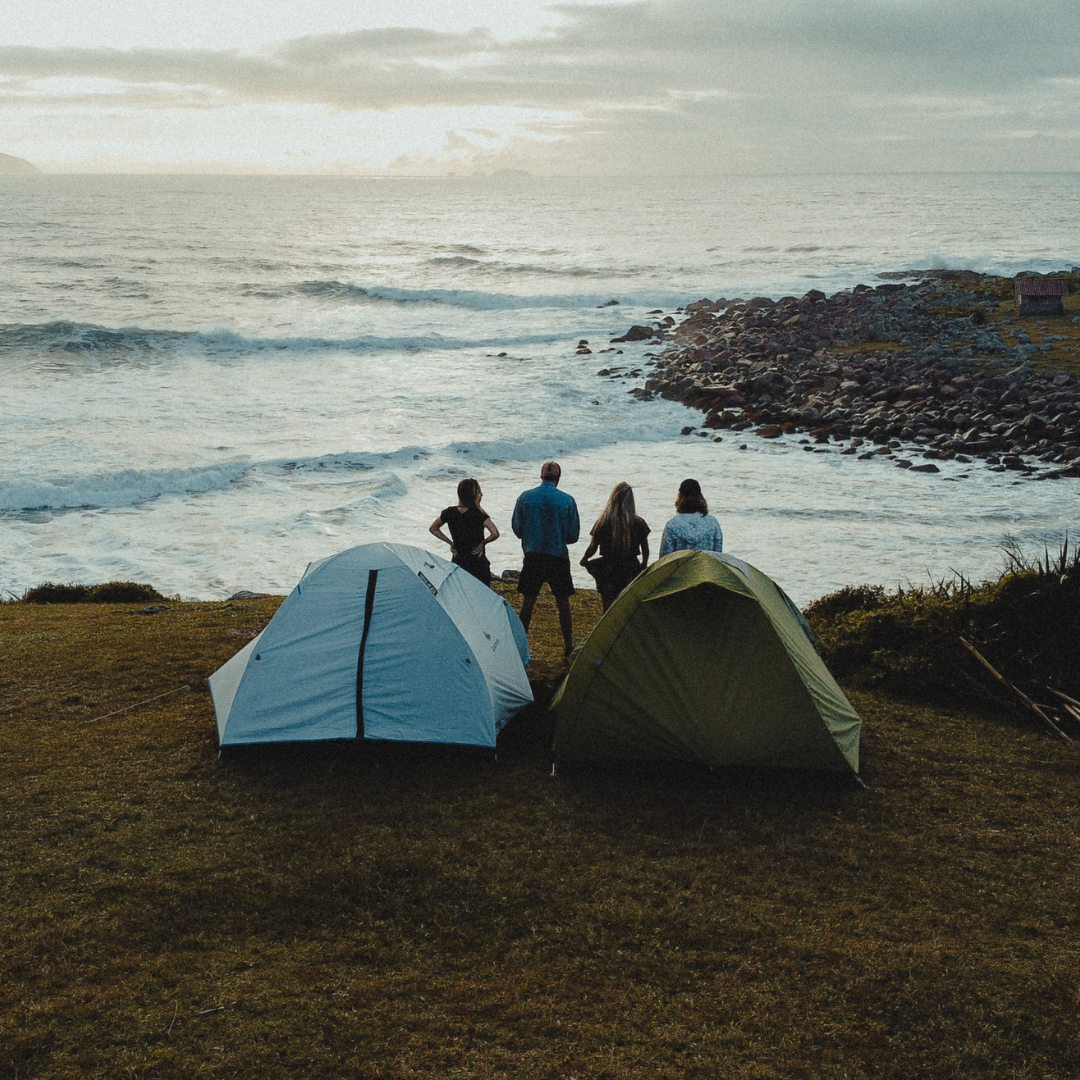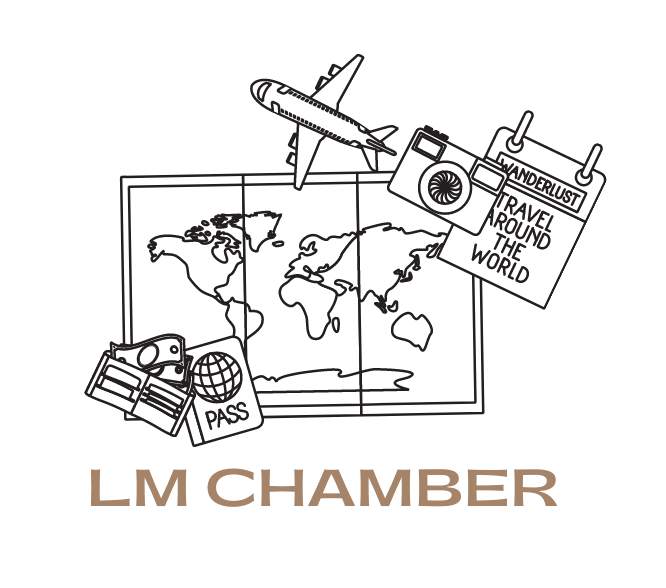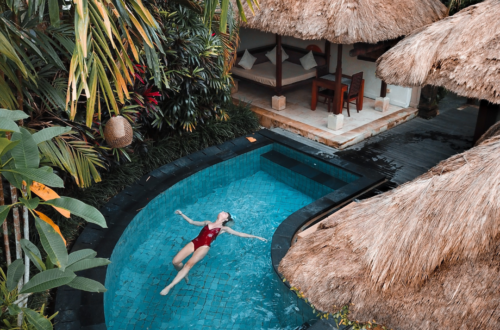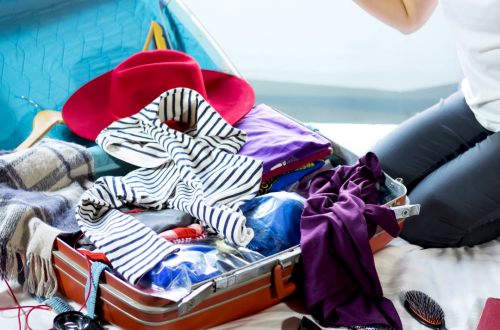
How to Prepare for a Camping Trip: Essential Tips for a Successful Adventure
Preparing for a camping trip involves several key steps to ensure a safe and enjoyable experience in the great outdoors. Essential preparation includes packing the right gear, understanding the campsite area, and planning meals ahead of time. This kind of planning helps campers avoid unnecessary stress and enhances the overall outing.
Choosing the right equipment is crucial. This means picking a suitable tent, sleeping gear, and cooking tools that match the camping style and conditions. Familiarity with the campsite, including local wildlife and weather patterns, can also significantly impact the trip’s success.
Meal planning not only contributes to a more organized trip but also makes cooking on-site simpler. By preparing some food in advance and creating a menu, campers can focus more on enjoying nature and less on logistics. Following these steps can lead to a memorable camping adventure.
Planning Your Camping Trip
Effective planning sets the foundation for a successful camping trip. Key elements include choosing the right campsite, selecting dates, making reservations, and considering amenities and accessibility.
Choosing the Right Campsite or Campground
Selecting a campsite involves identifying suitable campgrounds that match the group’s preferences. Options often include state parks, national parks, and private campgrounds. Researching the area’s features is crucial, as it allows for understanding activities available, such as hiking, fishing, or swimming.
Considerations for choosing a campground:
- Location: Proximity to attractions or outdoor activities.
- Type of Camping: Choose between organized campgrounds or dispersed camping for a more rustic experience.
- Permit Requirements: Confirm if special permits are needed for specific areas.
Selecting Dates and Making Reservations
Timing can impact campsite availability and overall experience. Peak seasons often lead to busy campgrounds, necessitating advanced planning. It is advisable to check reservation policies, as many popular destinations require bookings months ahead.
Steps to determine dates and reservations:
- Choose Dates: Consider weather and local events.
- Check Availability: Use campground websites or booking platforms to find open spots.
- Make Reservations: Confirm all reservation details, including check-in and check-out times.
Considering Amenities and Accessibility
Amenities can greatly enhance the camping experience. Depending on individual needs, some may prefer sites with bathrooms, running water, or electrical hookups, while others may seek more primitive setups.
Key factors to evaluate:
- Facilities: Assess what’s available on-site (restrooms, showers, picnic tables).
- Accessibility: Ensure sites are reachable by vehicle and suitable for all campers.
- Distance from Activities: A location near desired activities can maximize enjoyment and convenience during the trip.
Packing the Essential Camping Gear
Preparation is key to a successful camping trip. Packing the right gear ensures comfort, safety, and an enjoyable experience in the great outdoors.
Shelter and Sleeping Equipment
A good quality tent is essential for protection against the elements. Consider factors like size, weight, and ease of setup. Additionally, a sleeping bag suitable for the expected temperatures is crucial. Look for bags that offer insulation and are waterproof.
A sleeping pad adds comfort and insulation from the ground. Compact, lightweight options are preferred for easier transport. Packing these items ensures a restful night’s sleep, aiding the enjoyment of the camping experience.
Clothing and Weather-Appropriate Items
Clothing selection plays a crucial role in comfort during the trip. Layering is important, allowing for adjustments based on changes in temperature. A waterproof rain jacket is vital for unpredictable weather and should be lightweight for easy packing.
Packing ample socks, moisture-wicking base layers, and durable hiking boots will keep feet dry and comfortable. Don’t forget accessories like a hat for sun protection and gloves for chilly nights. These items significantly enhance the camping experience.
Cooking Supplies and Food Storage
Cooking equipment is necessary for meal prep. A camp stove is a reliable option for heating food, especially for those who prefer warm meals. Include a lightweight cookware set along with utensils for cooking and eating.
Food storage is also vital to prevent spoilage and keep wildlife away. A cooler is important for perishables, while dry goods can be stored in resealable bags. Using a camping checklist can help ensure all cooking supplies are accounted for, promoting a well-organized cooking setup.
Navigation and Safety Essentials
Navigation tools are critical for any camping trip. A map and compass should always be included, even if GPS is available. They serve as reliable backups in areas with poor signal.
First aid supplies are non-negotiable. A well-equipped first aid kit should include bandages, antiseptics, and medications for common ailments. Bug spray and sunscreen are essential for comfort and protection against insects and sunburn.
Headlamps and lanterns provide necessary lighting after dark. These essentials enhance safety and comfort, allowing campers to move around their site with ease. Proper preparation in this area contributes significantly to a successful camping experience.
Organizing Meals and Camp Activities
Efficient meal planning and engaging camp activities are essential for a successful camping trip. Key considerations include nutritious meal options, food management, safe cooking practices, and enjoyable outdoor activities.
Planning Nutritious Camping Meals
Creating a meal plan ensures balanced nutrition while camping. It’s important to incorporate proteins, carbohydrates, and healthy fats. Popular options include:
- Breakfast: Oatmeal, eggs, or yogurt with granola.
- Lunch: Wraps with lean meats, cheese, and vegetables.
- Dinner: Grilled chicken, fish, or pasta dishes with vegetables.
Snacks like trail mix, fruits, and energy bars keep energy levels up during hiking. A sample meal plan might look like this:
| Day | Breakfast | Lunch | Dinner |
| Day 1 | Oatmeal | Wraps | Campfire Chili |
| Day 2 | Eggs | Sandwiches | Grilled Salmon |
| Day 3 | Granola Bars | Salad | Pasta Primavera |
Managing Perishable and Non-Perishable Food
Understanding how to handle different types of food is crucial. Perishable items, like meats and dairy, require refrigeration. Use a cooler with ice packs to keep them fresh.
Non-perishable foods, such as canned goods, dried fruits, and pasta, can be stored without refrigeration. Packing a mix of both ensures variety. Always check expiration dates and pack food in airtight containers to keep it secure.
To maximize storage, categorize food items:
- Perishable Foods: Fresh meats, dairy, fruits.
- Non-Perishable Foods: Canned vegetables, rice, snacks.
Safe Camp Cooking Practices
Safety is paramount when cooking at camp. Use a camp stove or build a campfire following local regulations. Always keep a fire extinguisher or water available to extinguish flames.
For cooking, ensure hands and surfaces are clean. Avoid undercooking meats to prevent foodborne illnesses.
Implement the following practices:
- Use separate utensils for raw and cooked food.
- Store food away from the cooking area to prevent attracting wildlife.
- Dispose of waste properly to maintain a clean environment.
Engaging in Outdoor Activities
Incorporating outdoor activities enhances the camping experience. Hiking trails nearby can provide physical exercise and scenic views, promoting well-being.
Consider planning activities like:
- Hiking: Explore local trails that suit all skill levels.
- Fishing: Bring gear for relaxing afternoons by the water.
- Campfire Songs: Gather around the fire for storytelling and music.
A structured schedule helps balance meal times with activities. This approach ensures everyone enjoys both the food and the outdoors.
Selecting Your Camping Style and Preparing for the Experience
Choosing the right camping style sets the foundation for a successful outdoor experience. Different types of camping cater to various preferences, while specific preparation techniques ensure comfort and safety. Understanding the nuances can enhance any camping trip.
Types of Camping and Campgrounds
Camping can take many forms, each with unique advantages. Here are some popular options:
- Tent Camping: Often the most traditional, involving setting up a tent at campgrounds or in the wilderness.
- Car Camping: Utilizing a vehicle to access campsites, providing more amenities and less packing hassle.
- RV Camping: Offers comfort with living space and facilities, making it suitable for longer trips.
- Van Camping: A hybrid of car camping, allowing travelers to sleep in their own vehicles.
- Primitive Camping: Involves staying in remote areas with minimal facilities, appealing to those seeking solitude.
- Glamping: Combines camping with luxury accommodations for those looking for a more comfortable experience.
- Dispersed Campsites: Unofficial sites located on public land, often requiring advanced planning.
Whether you prefer the simplicity of a tent or the luxury of glamping, each type of camping offers its own way to connect with nature and enjoy the outdoors. For a more comfortable outdoor experience, campers can also explore yurt facilities from Beyond Yurt and similar services.
Tips for First-Time and Family Campers
First-time campers may feel overwhelmed but can simplify the process with essential tips:
- Read Reviews: Before choosing a campground, checking online reviews can provide insights into the amenities and setting.
- Plan Activities: Outline activities that cater to different ages, such as hiking, fishing, or games.
- Pack Wisely: Ensure all essentials, like tents, sleeping bags, cooking gear, and food, are included.
- Start Small: For family trips, consider a weekend outing to test the camping experience without overwhelming logistics.
By being prepared, first-time campers can focus more on enjoying their outdoor adventure.
Staying Safe and Comfortable Outdoors
Safety and comfort are crucial for a successful camping experience. Consider these practices:
- Check Weather: Always monitor weather forecasts before the trip to avoid hazardous conditions.
- Campfire Safety: Follow all fire regulations, keep fires contained, and never leave them unattended.
- Wildlife Awareness: Keep food secured and away from sleeping areas to avoid attracting animals.
- Essential Gear: Bring items such as a first-aid kit, insect repellent, and proper clothing to ensure comfort.
Taking these precautions will help campers enjoy their time outdoors while minimizing risks.





